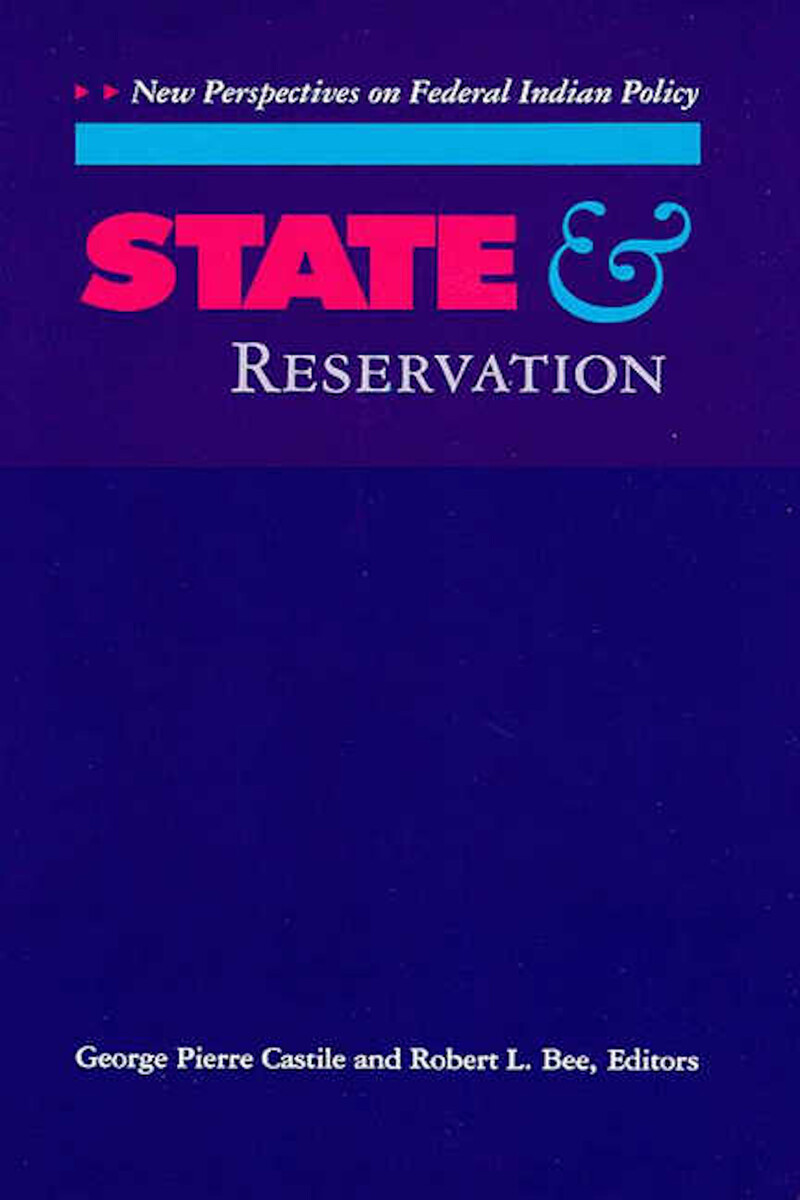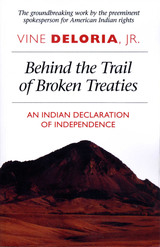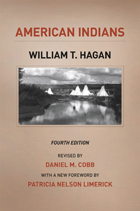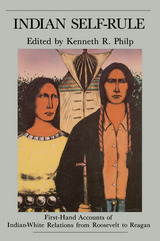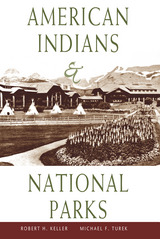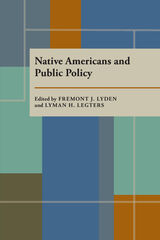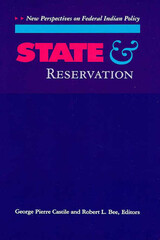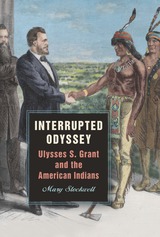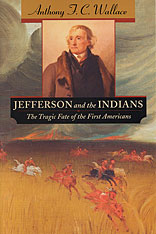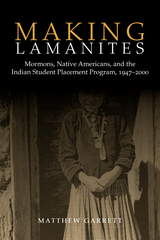State and Reservation: New Perspectives on Federal Indian Policy
University of Arizona Press, 1992
Paper: 978-0-8165-1325-3 | eISBN: 978-0-8165-4568-1 | Cloth: 978-0-8165-1319-2
Library of Congress Classification E93.S75 1992
Dewey Decimal Classification 323.1197073
Paper: 978-0-8165-1325-3 | eISBN: 978-0-8165-4568-1 | Cloth: 978-0-8165-1319-2
Library of Congress Classification E93.S75 1992
Dewey Decimal Classification 323.1197073
ABOUT THIS BOOK | AUTHOR BIOGRAPHY | REVIEWS | TOC
ABOUT THIS BOOK
Ten original essays focus on the rise, change, and persistence of the Native American reservation system. Contributors drawn from history, anthropology, sociology, and political science offer divergent points of view buttressed by historical and ethnographic case studies. Together, these articles suggest that the time has come—or is long overdue—to rethink the basic assumptions underlying Federal Indian policy.
CONTENTS
Introduction, George Pierre Castile & Robert L. Bee
Part I—Historical Foundations of the Reservation System
An Elusive Institution: The Meanings of Indian Reservations in Gold Rush California, John M. Findlay
Crow Leadership Amidst Reservation Oppression, Frederick E. Hoxie
Part II—The Nonreservation Experience
Utah Indians and the Homestead Laws, Martha C. Knack
The Enduring Reservations of Oklahoma, John H. Moore
Without Reservation: Federal Indian Policy and the Landless Tribes of Washington, Frank W. Porter, III
Part III—Power and Symbols
Riding the Paper Tiger, Robert L. Bee
Indian Sign: Hegemony and Symbolism in Federal Indian Policy, George P. Castile
Part IV—The Resource Base
Primitive Accumulation, Reservations, and the Alaska Native Claims Settlement Act, Lawrence Weiss & David C.Maas
Shortcomings of the Indian Self-Determination Policy, George S. Esber, Jr.
Getting to Yes in the New West: The Negotiation of Policy, Thomas R. McGuire
CONTENTS
Introduction, George Pierre Castile & Robert L. Bee
Part I—Historical Foundations of the Reservation System
An Elusive Institution: The Meanings of Indian Reservations in Gold Rush California, John M. Findlay
Crow Leadership Amidst Reservation Oppression, Frederick E. Hoxie
Part II—The Nonreservation Experience
Utah Indians and the Homestead Laws, Martha C. Knack
The Enduring Reservations of Oklahoma, John H. Moore
Without Reservation: Federal Indian Policy and the Landless Tribes of Washington, Frank W. Porter, III
Part III—Power and Symbols
Riding the Paper Tiger, Robert L. Bee
Indian Sign: Hegemony and Symbolism in Federal Indian Policy, George P. Castile
Part IV—The Resource Base
Primitive Accumulation, Reservations, and the Alaska Native Claims Settlement Act, Lawrence Weiss & David C.Maas
Shortcomings of the Indian Self-Determination Policy, George S. Esber, Jr.
Getting to Yes in the New West: The Negotiation of Policy, Thomas R. McGuire
See other books on: Castile, George Pierre | Government relations | Indian reservations | New Perspectives | Reservation
See other titles from University of Arizona Press
